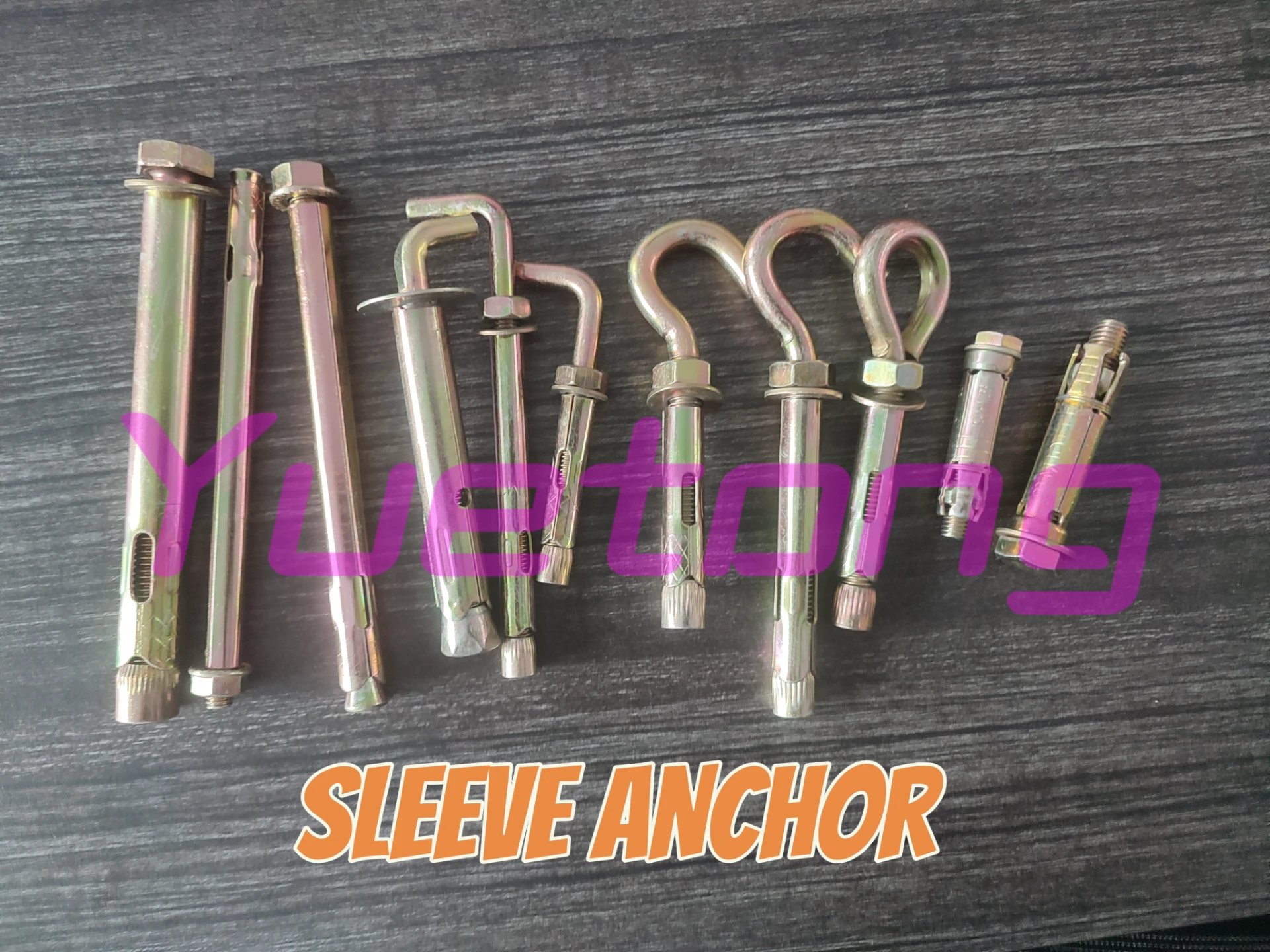Nov . 09, 2024 23:25 Back to list
Choosing the Right Screws for Your Wall Plates Installation and Maintenance Guide
Understanding Wall Plate Screws A Comprehensive Guide
When it comes to securing fixtures and devices on walls, the choice of screws might seem trivial at first glance. However, the specific type of screw used for wall plates can significantly impact the durability and safety of installations. Wall plate screws are essential in various applications, including electrical outlets, switches, and data ports. This article delves into the unique features, types, advantages, and proper usage of wall plate screws.
What are Wall Plate Screws?
Wall plate screws are specialized fasteners used to attach wall plates to wall-mounted electrical or data devices. These screws ensure that the wall plates are securely held in place, preventing them from coming loose and providing a finished look to any installation. Typically, they are made from materials such as brass, steel, or plastic, each serving different purposes and needs.
Key Features of Wall Plate Screws
One of the most notable features of wall plate screws is their design. They often come with a rounded or flat head that fits into the designed recess of a wall plate. Their size is usually standardized to fit most wall-mounted devices, ensuring compatibility and a snug fit. Additionally, the length of these screws is crucial; it must be long enough to penetrate the wall stud or anchor without risking over-penetration, which could damage underlying electrical wiring or plumbing.
Types of Wall Plate Screws
1. Metal Screws Typically made from steel with a corrosion-resistant finish, metal screws are robust and ideal for a variety of wall materials, including drywall and plaster. They provide a strong hold and are particularly useful for heavier wall plates.
2. Plastic Screws Lightweight and non-corrosive, plastic screws are appropriate for less demanding applications or when working with delicate wall materials. They are often used when the screws do not need to support heavy loads.
3. Self-tapping Screws These screws can create their own hole as they are driven in, making installation more accessible, especially in hard materials. They are ideal for applications where pre-drilling is not feasible.
4. Security Screws For installations where tampering could be a concern, security screws, which require special tools for installation, can provide an extra layer of protection.
Advantages of Using Quality Wall Plate Screws
wall plate screws

Using the appropriate wall plate screws offers numerous advantages. First, they ensure the stability of electrical or data plates, reducing the risk of accidents due to loose wiring. Secondly, high-quality screws are resistant to corrosion, which prolongs their lifespan, thus promoting safety and reliability in electrical installations.
Moreover, selecting the correct type of screw can also enhance the aesthetic appeal of the installation. Screws that match the finish of the wall plate can provide a more seamless look, adding to the overall décor of the room.
How to Properly Install Wall Plate Screws
The installation of wall plate screws is a straightforward process, but it requires attention to detail. Here are key steps for achieving a successful installation
1. Choose the Right Screw Ensure that the screws selected are compatible with the wall plate and the type of wall material.
2. Prepping the Area Inspect the area where the wall plate will be attached. Ensure all wiring is correctly installed and that there are no obstructions.
3. Align the Plate Hold the wall plate in the desired position. Use a level to ensure it is straight before proceeding.
4. Drive the Screws Using a screwdriver or a drill, carefully drive the screws into their respective holes. Apply consistent pressure, being careful not to overtighten, which could crack the plate or damage the wall.
5. Final Check Once installed, check for stability and alignment before stepping back to admire the finished look.
Conclusion
In summary, wall plate screws are a small yet vital component in the safe and effective installation of electrical and data devices. Understanding the different types of screws available, their features, and proper installation techniques can significantly impact the success of your project. Whether you're a DIY enthusiast or a professional, choosing the right wall plate screws is essential for ensuring both functionality and aesthetics in your electrical setups.


